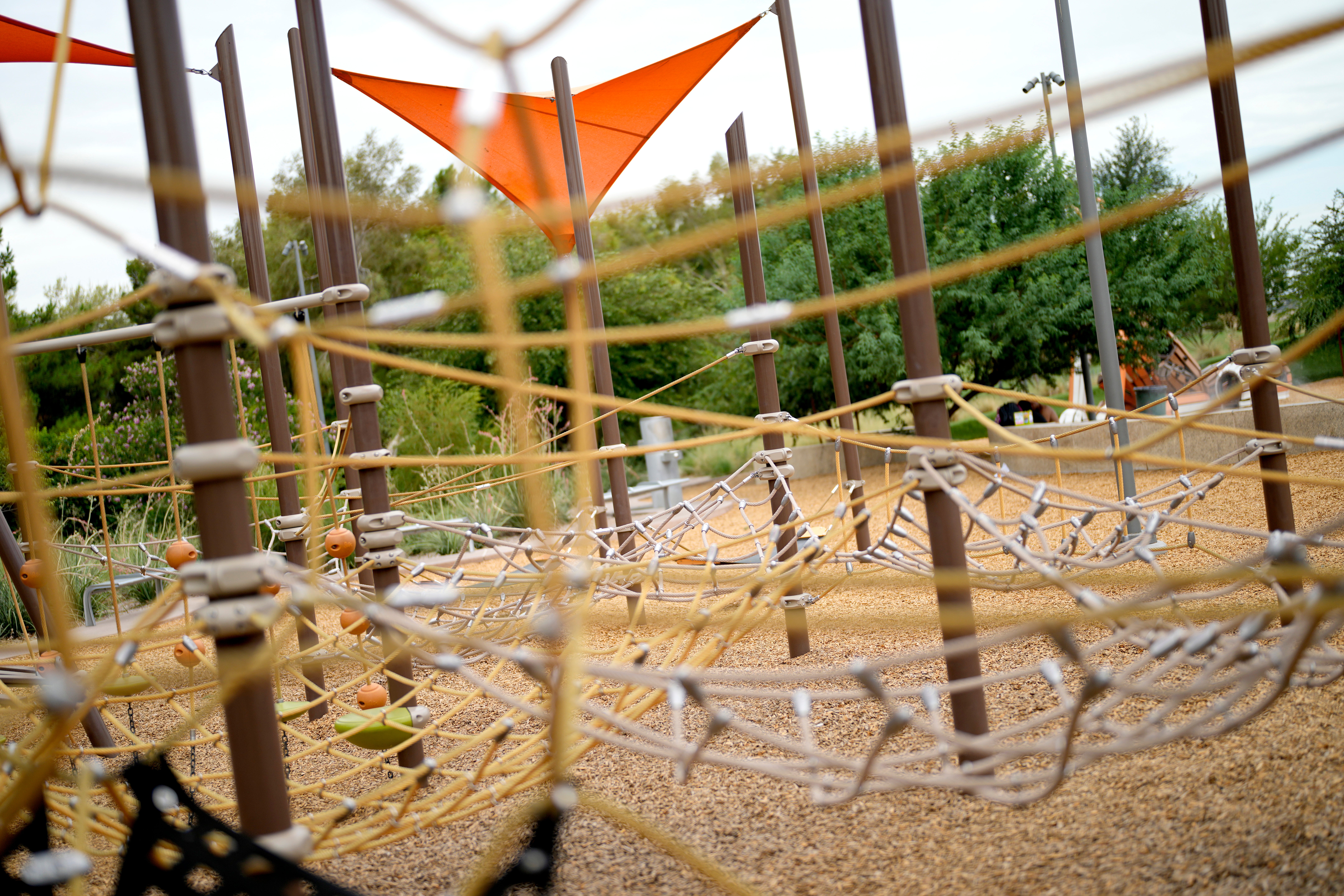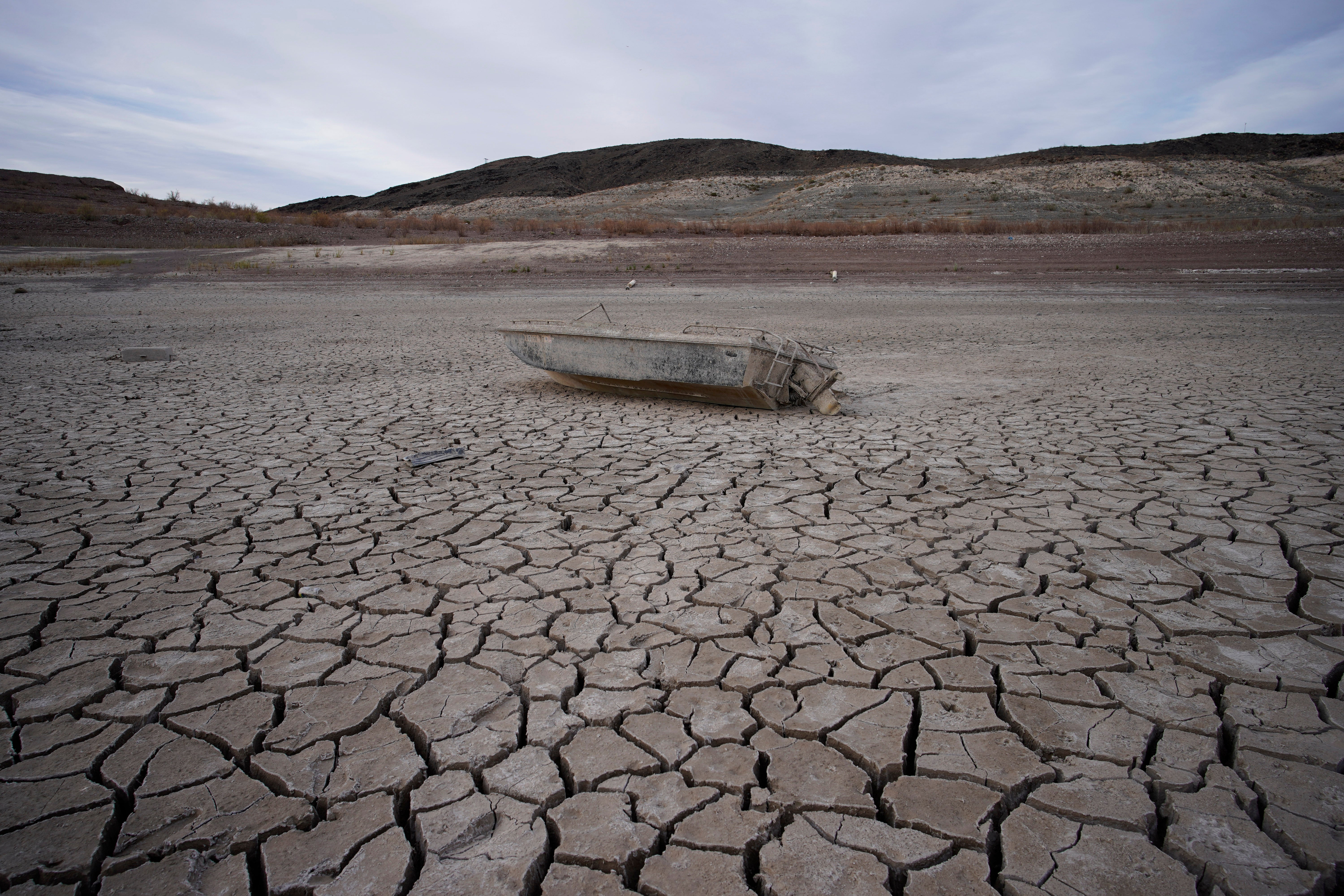How huge parts of the US could become uninhabitable within decades — even
The United States is no stranger to extreme weather, but the accelerating effects of climate change are pushing some regions closer to the brink of uninhabitability. From oppressive heat in the Southwest to rising sea levels and storm surges along the coasts, the challenges are diverse, daunting, and interconnected.
Masada Siegel, a consultant for FEMA and emergency management organizations, knows this reality well. A Phoenix native and mother of a 9-year-old son, Siegel has seen her hometown transform into a hostile environment. Last summer, Phoenix experienced 113 consecutive days over 100°F, the longest streak ever recorded. The average temperature that month was 97°F.
“In the summer at 116 degrees, you’re not laying out by the pool,” Siegel says. “You’re either in the pool, indoors, or in the shade. And then at a certain point, the pool is so hot, it feels like you’re in soup.”
Phoenix saw just 4.54 inches of rain last year — 2.52 inches below normal — and the lack of precipitation, as well as the increased heat, has thrown seasonal rhythms out of sync: “I have a lemon tree that’s flowering in January. My lime tree is flowering in January. They’re not supposed to flower until springtime.”
The changes aren’t just inconvenient; they’re impacting quality of life and mental health. “In Arizona, people get depressed in the summer, just like people in New York get Seasonal Affective Disorder in the winter,” Siegel adds. Many Arizonans now spend most of the summer indoors, and chronic Vitamin D deficiencies are becoming more common — especially in the south of the state — as a result.
Mikhail Chester, a climate adaptation and infrastructure expert from Arizona State University, highlights the long-term consequences of these changes. “Will things get worse? Yes, they will. I mean, we’re already seeing that,” he says. One of the simple reasons why things will get worse is because we haven’t immediately solved the climate change problem, and we’re still behaving in the same way we’ve done for decades: “So I drove my kids to school today in a gasoline car and I put CO2 into the atmosphere. And that will be there for 100 years.”

Too Hot to Handle: The Southwest
Phoenix isn’t the only city in the Southwest grappling with extreme heat and water shortages. Las Vegas and Los Angeles are also feeling the strain as the Colorado River — a lifeblood for millions in the region — shrinks due to rising temperatures, overuse, and a lack of snow migrating down from the Rocky Mountains. Without drastic changes to water management and conservation, these cities could face unsustainable conditions in the decades ahead.
This particular problem is urgent, as the current agreement about how to divide up water usage from the river ends in 2026. The river is not just used for water for desert households in Nevada and California; a lot of vegetation is grown using the water from the Colorado River — meaning that grocery prices could skyrocket if it’s cut off as a source.
Chester emphasizes that the cost of inaction is far greater than the cost of taking meaningful steps today. “If we allow these large-scale disasters to play out, the costs are significantly larger than mitigating emissions and, over time, mitigating the disasters and the cause of those disasters. That’s the conversation we need to be having.”

Too Old to Rebuild: New York
“Phoenix is a new city and New York is an old city, and I think that’s a really important starting point,” says Chester. “Phoenix is still growing out. New York is not, New York is mature.” That means New York City has infrastructure that was “in no way designed for the extremes of today,” and is too built-up to solve that problem.
That means that even though cities like Phoenix are experiencing more extreme weather right now, it’s also “much more appropriately designed for our extremes,” Chester adds, so “we tend to have fewer failures. We tend to have better reliability of our services.” Asphalt mixtures have been more thoughtfully designed. Power lines run underground, rather than through the air like in New York, where…
Read More: How huge parts of the US could become uninhabitable within decades — even


